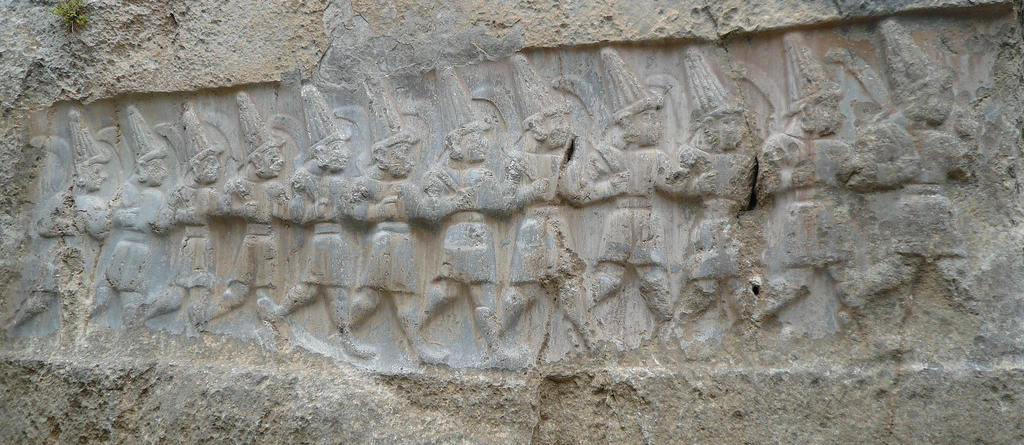New Scientist
Image: Sergio & Gabriella
For 3200 years they have guarded their secret. The deities carved in limestone near the ancient city of Hattusa are as enigmatic as they are beautiful.
Perhaps no longer. A controversial theory suggests the ancient carvings may have functioned as a calendar, with a level of sophistication way ahead of its time. “It’s not only a striking idea, it’s reasonable and possible,” says Juan Antonio Belmonte at the Institute of Astrophysics of the Canary Islands, Spain, who wasn’t part of the work.
Hattusa was the capital city of the Bronze Age Hittite empire, based in what is now Turkey. A few kilometres to the north-east of Hattusa are the ruins of an ancient religious sanctuary centred on a large limestone outcrop.
“Yaz?l?kaya has an aura to it,” says Eberhard Zangger, president of Luwian Studies, an international non-profit foundation. “Part of it is because it’s an unsolved enigma, part of it is the beauty of the place.” Read more on newscientist.com…








